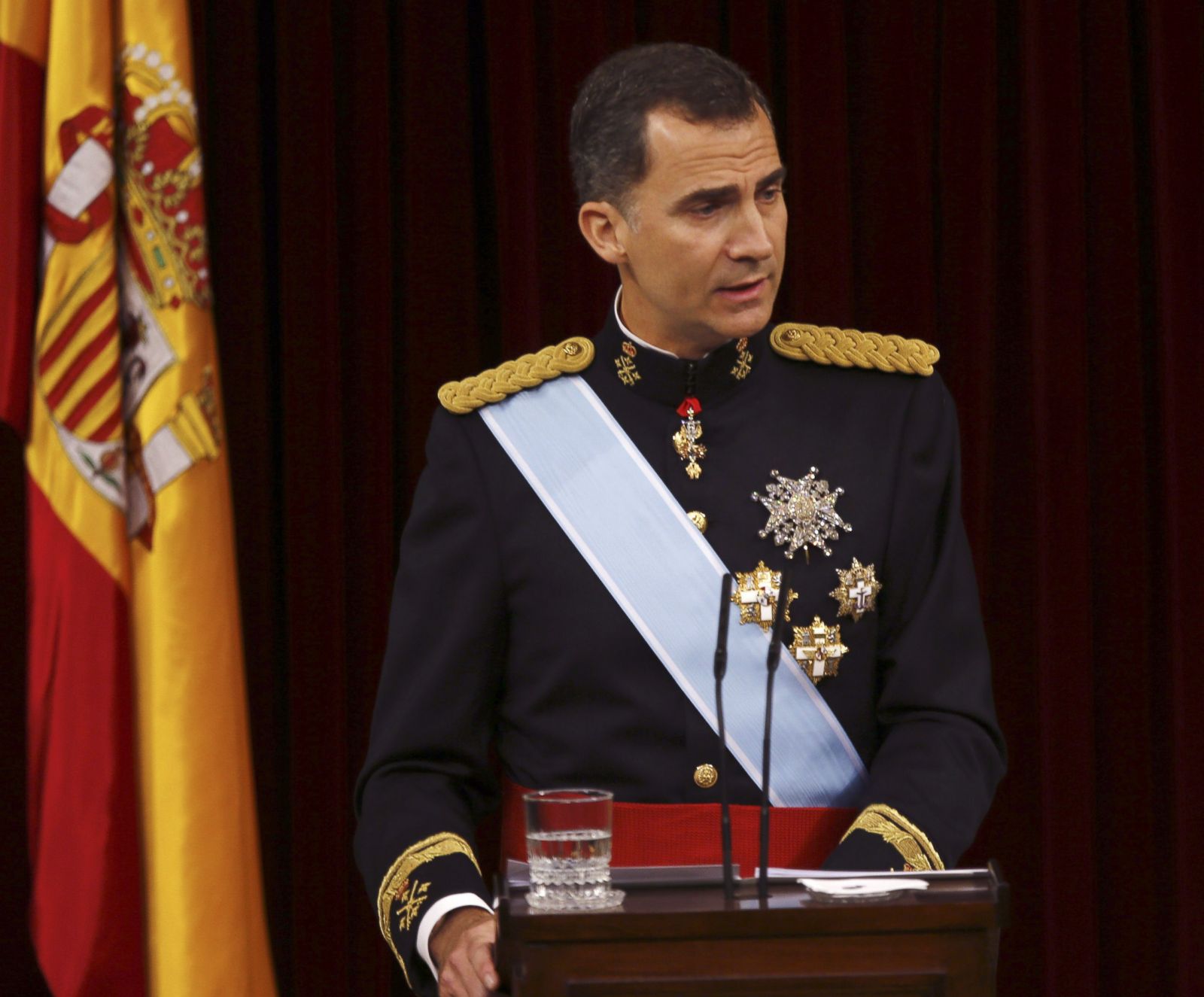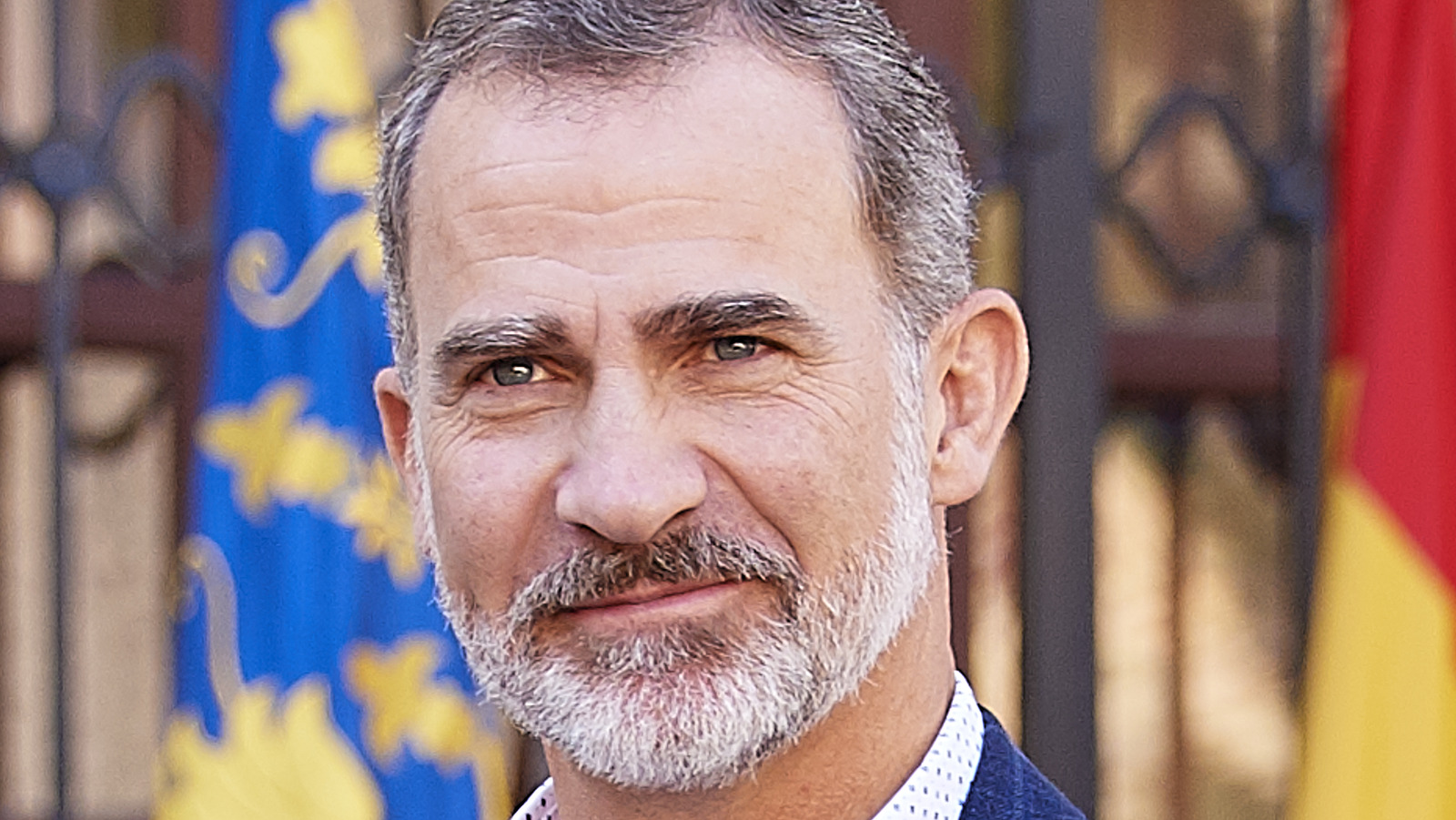Historical Reign and Legacy of the King of Spain

King of spain – The Spanish monarchy traces its lineage back to the Visigothic kings of the 5th century. The modern monarchy was established in 1479 with the marriage of Ferdinand of Aragon and Isabella of Castile. Their reign marked the beginning of the Spanish Empire, which became one of the most powerful empires in the world.
The King of Spain is a prominent figure in European royalty, known for his role in the Spanish monarchy. His influence extends beyond the borders of Spain, as he is often seen as a symbol of tradition and stability in the region.
Like Kate Middleton , who has become a fashion icon and a symbol of modern royalty in the United Kingdom, the King of Spain represents the continuity of a long-standing institution while also embracing the changing times.
The Spanish monarchy has undergone a number of changes over the centuries. The 18th century saw the rise of the Bourbon dynasty, which ruled Spain until the 19th century. The 19th century was a period of political instability, with the monarchy being overthrown and restored several times. The monarchy was finally restored in 1874 and has remained in place ever since.
King Felipe VI of Spain is the current monarch of the country. Born in 1968, he is the son of King Juan Carlos I and Queen Sofía. Felipe VI is married to Letizia Ortiz, a former journalist, and they have two daughters, Leonor and Sofía.
Like Prince Harry , Felipe VI has a strong interest in social issues and has been involved in various charitable causes. He is also a keen sportsman and enjoys sailing and skiing.
Lineage and Ancestry of the Spanish Monarchy
- The Spanish monarchy is descended from the Visigothic kings of the 5th century.
- The modern monarchy was established in 1479 with the marriage of Ferdinand of Aragon and Isabella of Castile.
- The Spanish monarchy has undergone a number of changes over the centuries, including the rise of the Bourbon dynasty in the 18th century and the restoration of the monarchy in 1874.
Timeline of Significant Events during the Reign of the King of Spain
- 1479: Ferdinand of Aragon and Isabella of Castile marry, establishing the modern Spanish monarchy.
- 1492: Christopher Columbus discovers America, beginning the Spanish Empire.
- 1588: The Spanish Armada is defeated by the English, marking the decline of the Spanish Empire.
- 1700: The Bourbon dynasty comes to power in Spain.
- 1808: Napoleon invades Spain, beginning the Peninsular War.
- 1814: The Spanish monarchy is restored after the Peninsular War.
- 1874: The monarchy is restored after a period of political instability.
- 1931: The monarchy is overthrown and the Second Spanish Republic is established.
- 1939: The monarchy is restored after the Spanish Civil War.
Political, Social, and Economic Impact of the King’s Rule
The political, social, and economic impact of the King’s rule has varied over time. During the early years of the monarchy, the king had a great deal of power. He was the head of state, the commander-in-chief of the armed forces, and the supreme judge. However, over time, the king’s power has been gradually reduced. Today, the king is a constitutional monarch, with limited political power.
The social and economic impact of the King’s rule has also varied over time. During the early years of the monarchy, the king was a symbol of national unity. He was also a patron of the arts and sciences. However, over time, the king’s role has become more ceremonial. Today, the king is a symbol of the state, but he has little real power.
Cultural Influence and Symbolism of the King of Spain
The King of Spain holds a significant position as a cultural icon and symbol of national identity. As the head of state, the King embodies the unity and continuity of the Spanish nation, representing its rich history, traditions, and values.
The King’s cultural influence extends to his patronage of the arts, sciences, and education. He serves as the honorary president of the Royal Spanish Academy, the governing body of the Spanish language, and supports various cultural institutions, including museums, theaters, and universities. Through these initiatives, the King promotes Spanish culture and heritage both domestically and internationally.
Public Perception and Media Representation
The King’s public perception is generally positive, with surveys indicating high levels of trust and respect among Spanish citizens. The media plays a crucial role in shaping the public image of the King, presenting him as a symbol of stability, tradition, and national unity. The King’s speeches, public appearances, and interactions with the people are widely reported and analyzed, contributing to his visibility and influence in Spanish society.
Current Role and Responsibilities of the King of Spain

Under the Spanish monarchy, the King serves as the Head of State, embodying the unity and permanence of the nation. The King’s powers and duties are Artikeld in the Spanish Constitution of 1978, which established a constitutional monarchy with a parliamentary system.
The King’s constitutional powers include:
- Sanctioning and promulgating laws
- Appointing the Prime Minister and other high-ranking officials
- Summoning and dissolving the Cortes Generales (Parliament)
- Calling referendums
- Commanding the armed forces
In practice, the King’s role is largely ceremonial, with most of his powers exercised through the Prime Minister and the government. However, the King retains significant influence in government affairs and international diplomacy.
Involvement in Government Affairs
The King plays an important role in the formation of the government. He consults with political leaders after elections to appoint the Prime Minister, who then forms a government with the support of the Cortes Generales. The King also presides over the Council of Ministers, where major policy decisions are discussed.
Involvement in International Diplomacy, King of spain
The King represents Spain on the international stage and plays a key role in promoting Spanish interests abroad. He conducts official visits to other countries, meets with foreign leaders, and attends international summits. The King also serves as a patron of cultural and educational institutions, promoting Spanish culture and values around the world.
Challenges and Opportunities
The King of Spain faces several challenges in the modern era. These include:
- Maintaining the monarchy’s relevance in a rapidly changing society
- Balancing the King’s traditional role as a symbol of national unity with his constitutional powers
- Adapting to the increasing demands of international diplomacy
Despite these challenges, the monarchy remains popular in Spain, and the King is widely respected as a symbol of national unity and stability. The King’s ability to navigate the challenges of the modern era will be crucial to the continued success of the Spanish monarchy.
